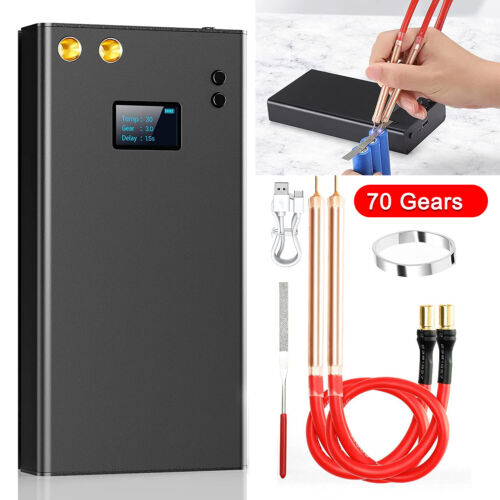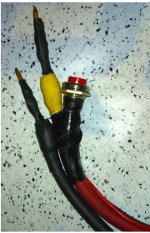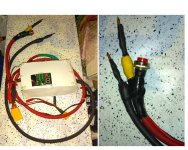jimmyhackers
10 kW
- Joined
- May 11, 2015
- Messages
- 603
i purchased a spot welder the other day, this thing

came with some 0.2mm thick nickel strip, spot welds it fine to 18650s (on the max setting)
however, i have some 0.3mm nickle strip and it doesnt weld that properly, very loose attachment and it peels off easy.
couple of questions.
1. is the thicker strip not welding due to lack of power or quality of strip material?
2. if its a lack of power, can these welders be modified? (atm it has a 1s battery, would a 2s help or blow it up?)
thanks in advance
jim

Spot Welder 70 Gears Portable Adjustable Mini Spot Welding Machine For Battery | eBay
Find many great new & used options and get the best deals for Spot Welder 70 Gears Portable Adjustable Mini Spot Welding Machine For Battery at the best online prices at eBay! Free delivery for many products.
www.ebay.co.uk
came with some 0.2mm thick nickel strip, spot welds it fine to 18650s (on the max setting)
however, i have some 0.3mm nickle strip and it doesnt weld that properly, very loose attachment and it peels off easy.
couple of questions.
1. is the thicker strip not welding due to lack of power or quality of strip material?
2. if its a lack of power, can these welders be modified? (atm it has a 1s battery, would a 2s help or blow it up?)
thanks in advance
jim





